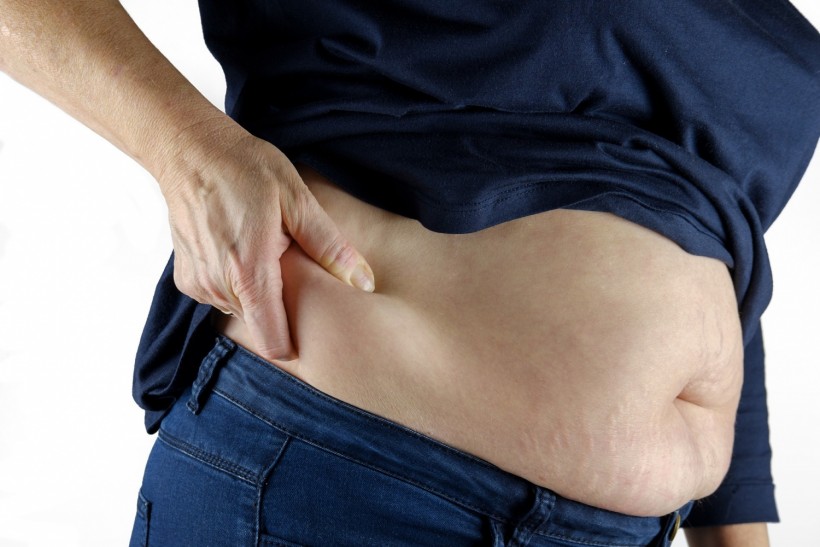According to researchers at the Perelman School of Medicine at the University of Pennsylvania, a small device that detects food craving-related brain activity has shown promise in a pilot clinical trial in two patients with loss-of-control binge eating disorder (BED). The BED device has the ability to detect food craving-related brain activity in a crucial brain region and reacts by electrically stimulating that region.

Pinch Thick Belly
How Does the Anti-Binge Eating Device Work?
The study, which was published in the journal Nature Medicine, tracked the activity of the two patients' nucleus accumbens for six months through the use of an implanted device. This type of apparatus is frequently utilized to treat drug-resistant epilepsy. It tracked activity in the brain's nucleus accumbens, which is connected to addiction and involved in processing pleasure and reward.
The device automatically stimulated the nucleus accumbens whenever it detected signals that had previously been shown to predict food cravings. This disrupted the signals that were associated with cravings. The patients reported significantly fewer binge episodes and weight loss after six months of therapy.
When the patients were at home, they self-reported the timings of their episodes, and the researchers were able to record the patients' binge-eating repetitions in the lab. The researchers found that, similar to their earlier research, the nucleus accumbens produced a characteristic low-frequency signal just prior to the patients' initial bites of their binge meals.
In addition to starting to sign up new patients for a larger study, the researchers followed the subjects for an additional six months. They point out that bulimia and other diseases connected to a lack of control may, in theory, receive the same treatment.
In the following phase of the trial, the low-frequency signals associated with desire occurred, and the brain stimulation devices automatically provided high-frequency electrical stimulation to the nucleus accumbens.
Experiment on Mice
In order to stop this craving-related activity whenever it happens, the researchers activated the nucleus accumbens in mice. They discovered that the mice consumed substantially less of a delectable, high-calorie diet than they otherwise would have.
The team employed a gadget that is marketed and licensed for treating drug-resistant epilepsy to record signals from the mice's brains and stimulate them. Wires connecting it to the nucleus accumbens in either hemisphere of the brain are surgically implanted beneath the scalp.
In 2020, another group conducted the same study on mice, which was published in Springer.
ALSO READ: Can't Stop Binge Eating? Here's How to Curb Emotional Eating
Promising Results in Using the Binge Eating Disorder Device
The patients reported significant decreases in their sensations of being out of control and the frequency of their bingeing episodes during this six-month period. Each patient lost more than 11 pounds. One of the individuals made such significant progress that she ceased to meet the criteria for binge-eating disorder. There didn't seem to be any noticeable negative side effects.
Senior author Casey Halpern, MD, a neurosurgery associate professor and the head of stereotactic and functional neurosurgery at Penn Medicine and the Corporal Michael J. Crescenz Veterans Affairs Medical Center, noted that this was an early feasibility research in which the main focus was on safety. However, the significant clinical benefits these individuals reported are exciting and fascinating.
The study's co-lead author and postdoctoral researcher Camarin Rolle, PhD, said that this was an excellent illustration of how translational science may operate under ideal conditions.
This study hopefully helps the 2.8 million people in the US who are affected with binge eating disorder as reported by Healthline.
RELATED ARTICLE: Do You Have Uncontrollable Eating Habit? How Serious Is Binge Eating?
Check out more news and information on Medicine and Health in Science Times.














